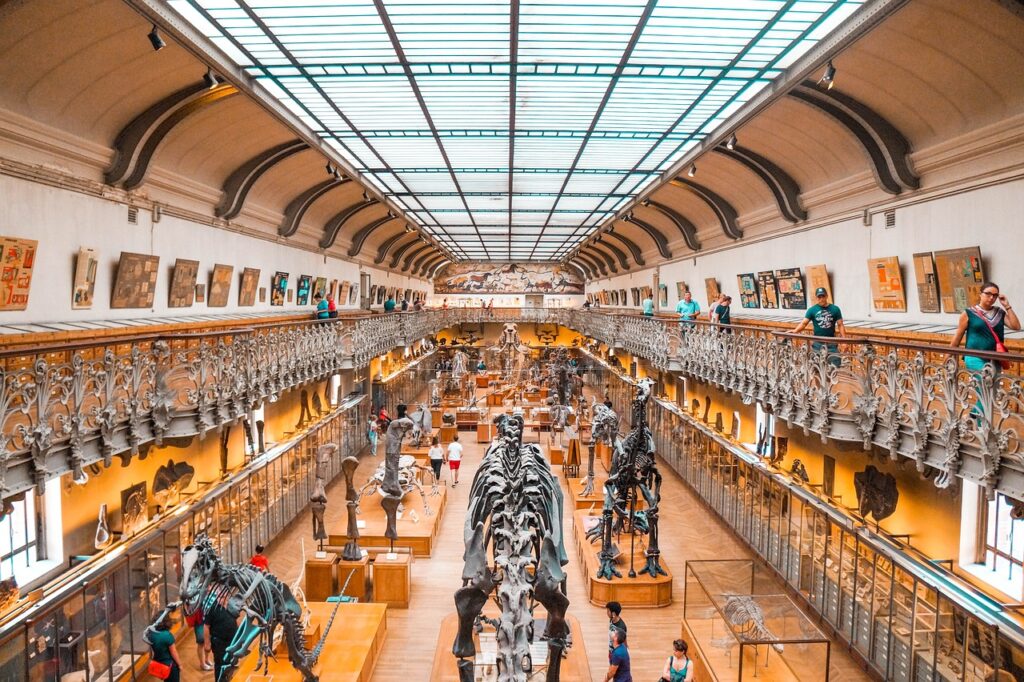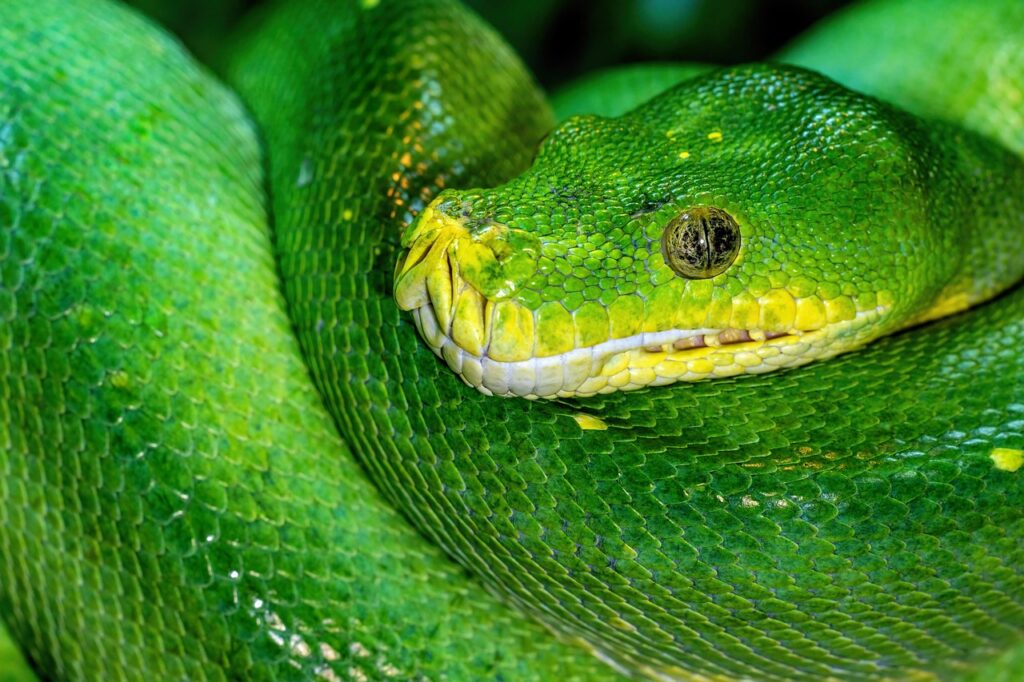Standing in the shadow of a towering Tyrannosaurus rex skeleton, feeling the weight of 65 million years of history pressing down on your shoulders – there’s something magical about coming face-to-face with creatures that once ruled our planet. The thunder of their footsteps may have long since faded, but the fascination with these prehistoric giants burns brighter than ever in the hearts of adventurers and dreamers alike.
The Awe-Inspiring Dinosaur National Monument in Utah
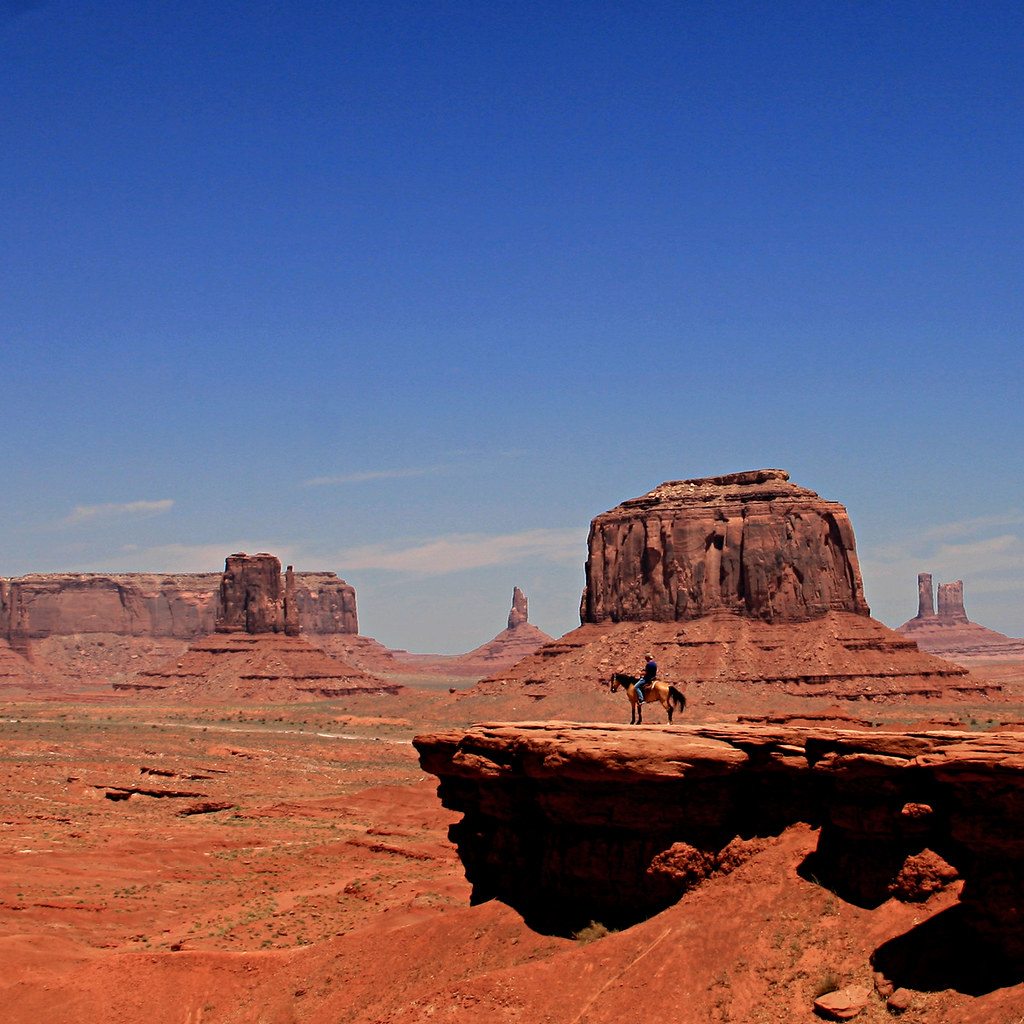
Nestled along the Colorado-Utah border, the Dinosaur National Monument stands as one of the most spectacular paleontological sites in North America. The famous Fossil Discovery Trail offers visitors the chance to see over 1,500 dinosaur bones still embedded in the cliff face, creating a natural museum that puts most indoor exhibits to shame.
The monument’s crown jewel is the Quarry Exhibit Hall, where you can witness fossils of Allosaurus, Stegosaurus, and Camarasaurus in their original resting places. It’s like stepping into a prehistoric crime scene where time stopped 150 million years ago. The sheer scale of the exposed fossil wall will leave you speechless – imagine an entire ecosystem preserved in stone.
Hell Creek Formation: Montana’s Prehistoric Playground
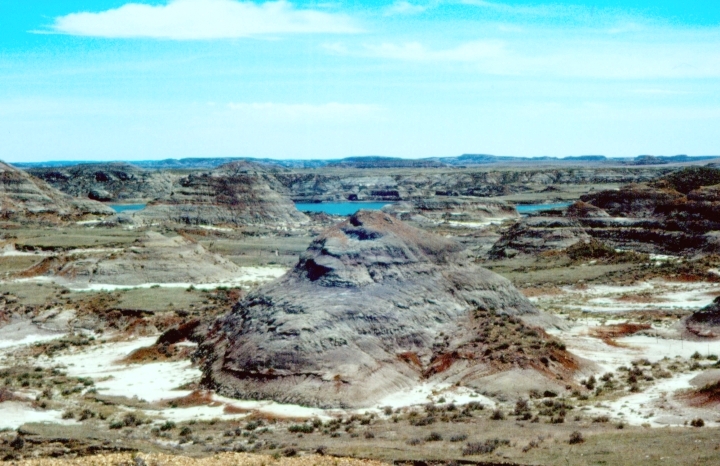
Montana’s Hell Creek Formation represents the final chapter of the dinosaur story, the very last moments before the asteroid impact that ended their reign. This badlands region has produced some of the most famous dinosaur discoveries, including the legendary “Sue” the T. rex and countless Triceratops specimens.
What makes Hell Creek truly special is its accessibility to amateur fossil hunters. Several ranches offer guided dig experiences where you can actually participate in paleontological excavations. The landscape itself tells a story – layers of rock that chronicle the transition from the age of dinosaurs to the age of mammals.
Drumheller’s Royal Tyrrell Museum: Canada’s Dinosaur Capital
The small town of Drumheller in Alberta, Canada, punches way above its weight in the dinosaur world. The Royal Tyrrell Museum houses one of the world’s most comprehensive dinosaur collections, with over 40 complete skeletons on display. But it’s not just about the bones – the museum brings these creatures to life through cutting-edge technology and immersive exhibits.
The surrounding Badlands of Alberta offer some of the richest dinosaur fossil beds on Earth. You can walk the same ground where Albertosaurus and Centrosaurus once roamed, and the museum’s guided field trips provide opportunities to see active dig sites. The landscape is so otherworldly that it’s been used as a backdrop for numerous science fiction films.
Argentina’s Patagonia: Land of the Giants
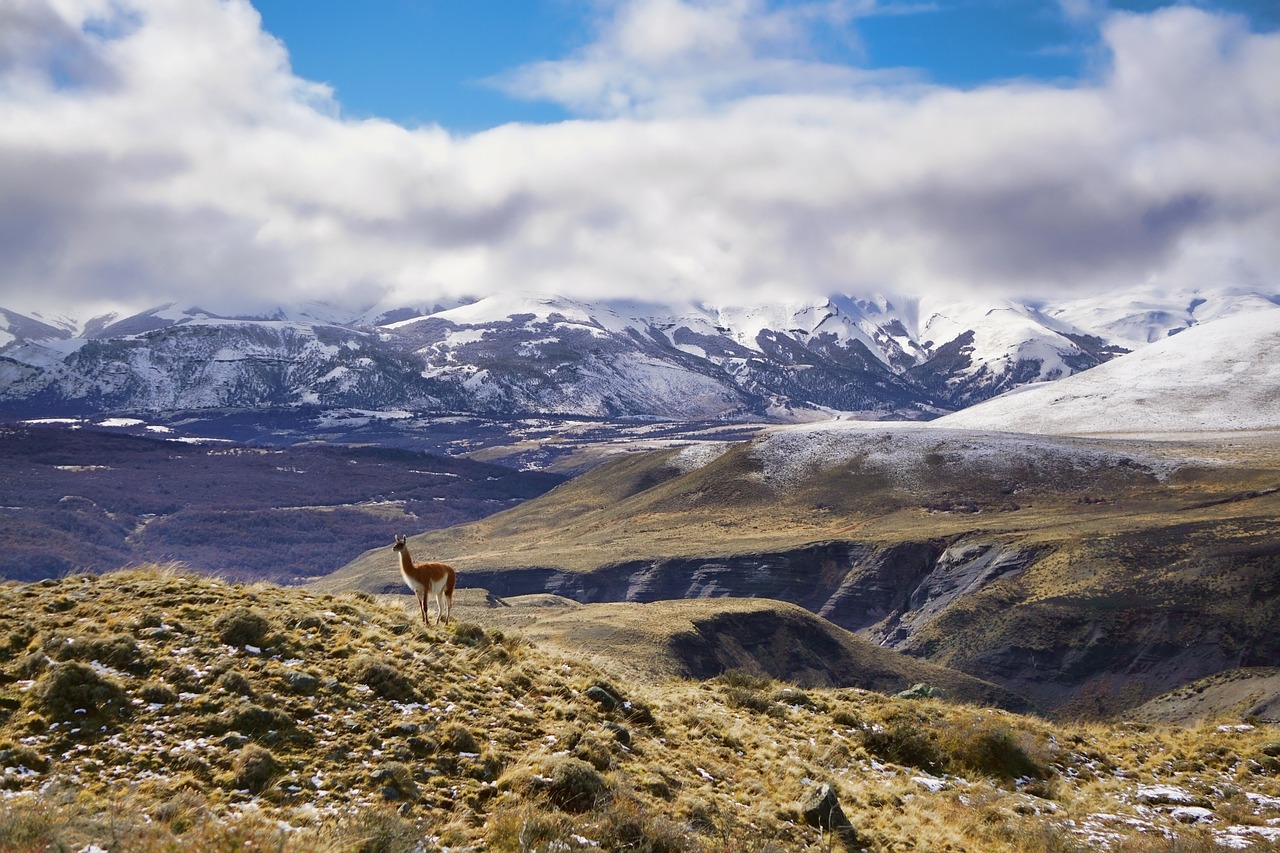
Patagonia isn’t just about glaciers and penguins – it’s home to some of the largest dinosaurs ever discovered. The Ischigualasto Provincial Park, also known as the Valley of the Moon, contains fossils dating back 230 million years, making it one of the most important Triassic sites in the world.
Here you’ll find evidence of Argentinosaurus, possibly the heaviest dinosaur that ever lived, weighing in at an estimated 70 tons. The park’s lunar-like landscape creates an almost alien atmosphere that perfectly complements the otherworldly nature of these ancient giants. It’s a place where you can truly grasp the immense scale of prehistoric life.
China’s Liaoning Province: Feathered Dinosaur Paradise
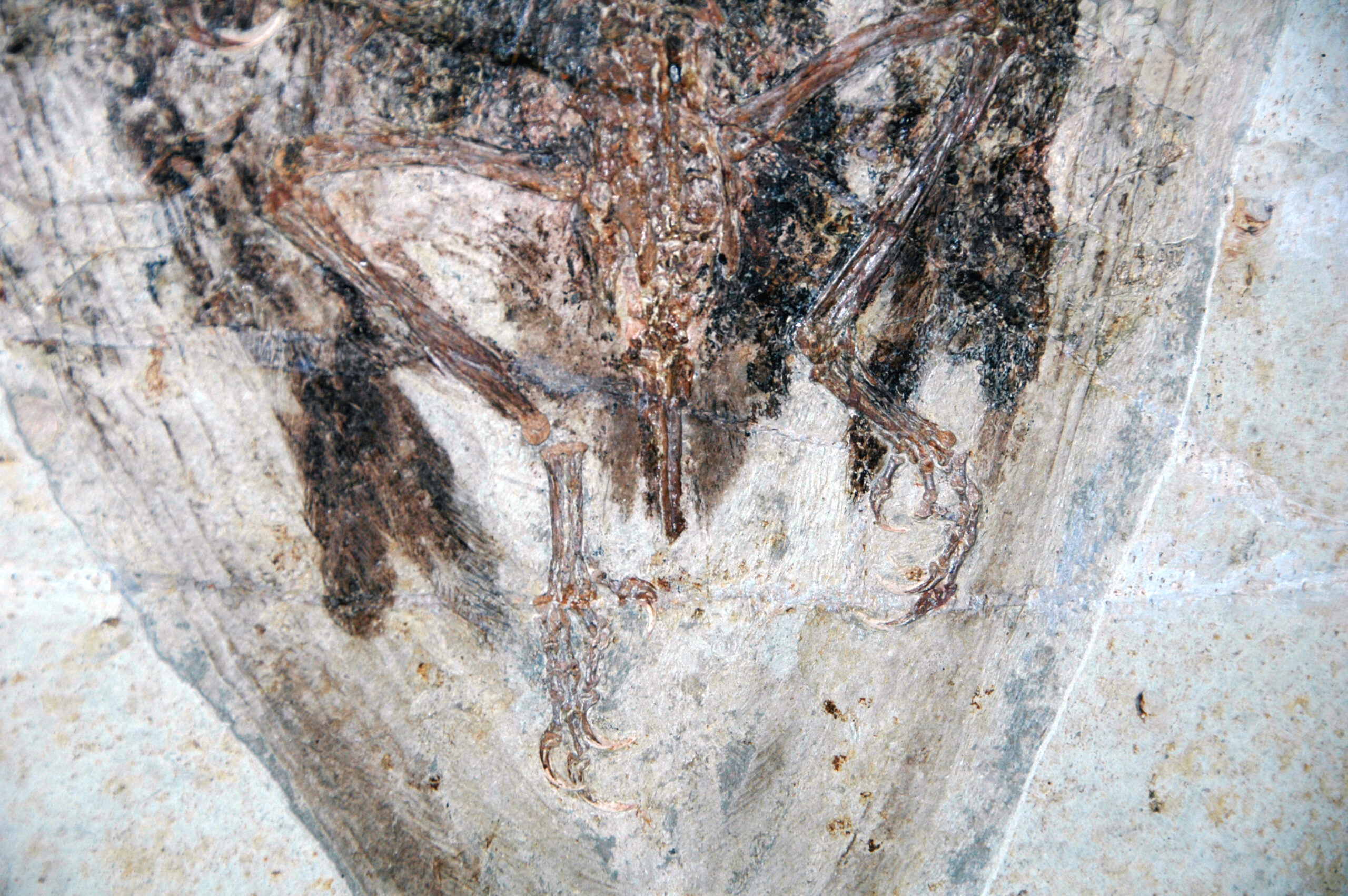
The fossil beds of Liaoning Province in northeastern China have revolutionized our understanding of dinosaur evolution, particularly the connection between dinosaurs and birds. The exceptional preservation conditions here have captured dinosaurs with feathers, soft tissues, and even stomach contents intact.
The Beipiaosaurus Museum showcases these remarkable finds, including the famous “four-winged” Microraptor and the fuzzy Sinosauropteryx. What sets this destination apart is the quality of preservation – these aren’t just bones, but snapshots of living, breathing creatures frozen in time. The museum’s displays will completely change how you visualize dinosaurs.
Morocco’s Sahara Desert: An Unexpected Fossil Treasury
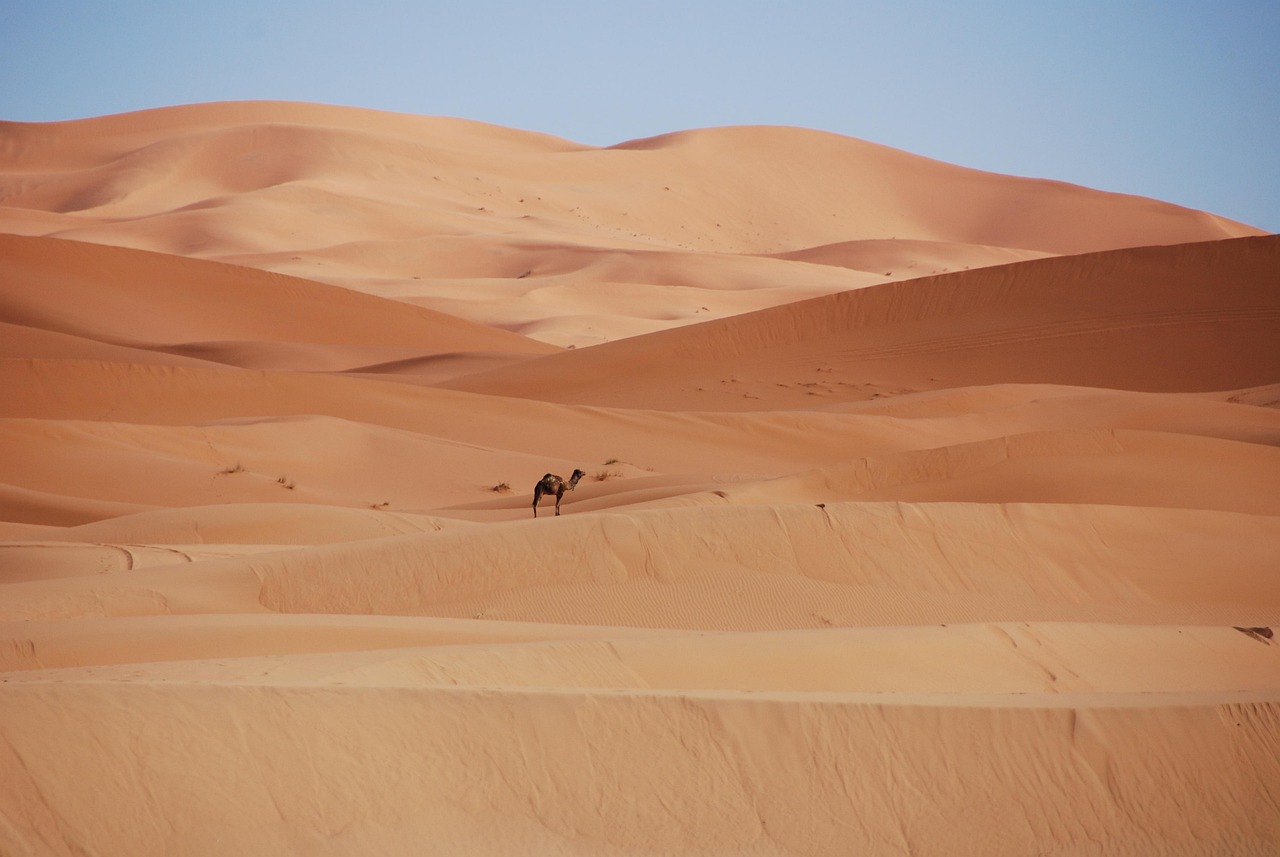
The windswept dunes of the Sahara might seem like an unlikely place for dinosaur discoveries, but Morocco’s desert regions have yielded some of the most spectacular fossils in recent years. The Kem Kem Beds have produced remains of massive predators like Spinosaurus and Carcharodontosaurus, creating a picture of an ancient river system teeming with prehistoric life.
Fossil hunting tours in Morocco offer a unique adventure, combining the thrill of discovery with the beauty of desert landscapes. Local guides, many of whom are skilled fossil hunters themselves, can lead you to sites where you might find your piece of prehistoric history. The contrast between the harsh desert environment and the lush prehistoric world it once hosted is truly mind-blowing.
Germany’s Solnhofen Limestone: Archaeopteryx’s Home
The Solnhofen limestone quarries in Bavaria, Germany, are famous for producing some of the most detailed fossils ever found, including the iconic Archaeopteryx – the “missing link” between dinosaurs and birds. The fine-grained limestone preserved not just bones but also impressions of feathers, skin, and other soft tissues.
The Jura Museum in Eichstätt houses the most complete Archaeopteryx specimen, and the nearby active quarries still yield remarkable fossils today. What makes this destination special is the incredible detail of preservation – you can see individual feather impressions and delicate bone structures that would normally decay long before fossilization.
Australia’s Dinosaur Trail: Southern Hemisphere Surprises
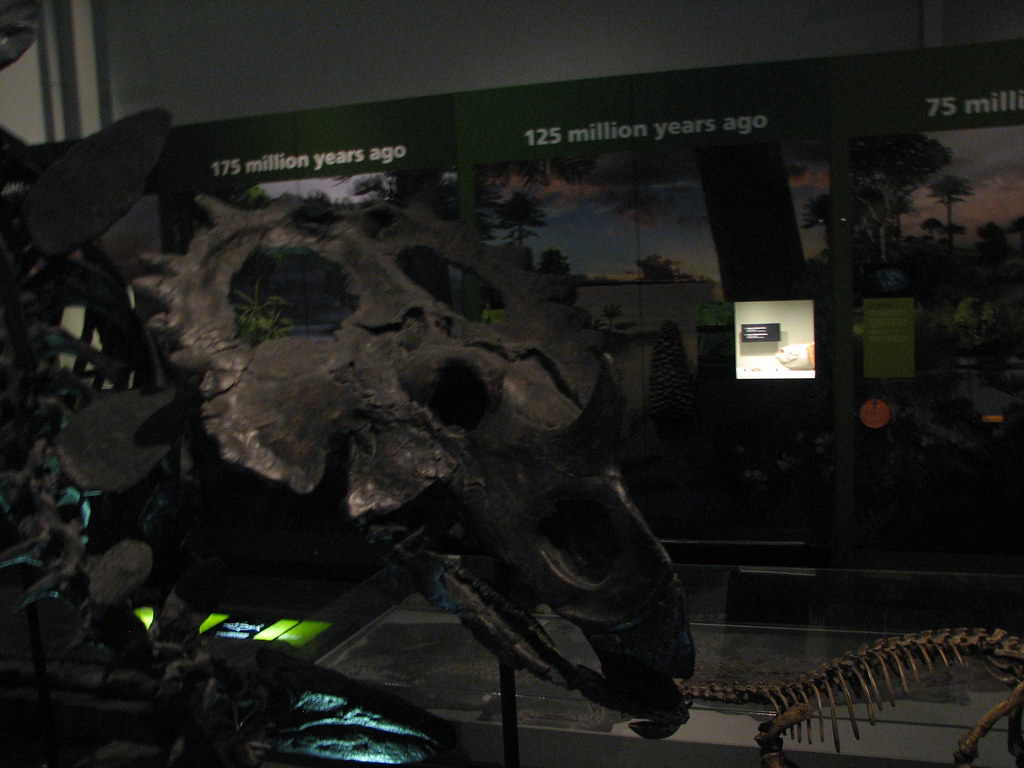
Australia’s dinosaur sites offer a completely different perspective on prehistoric life, showcasing creatures that evolved in isolation on the southern supercontinent of Gondwana. The Australian Age of Dinosaurs Museum in Winton, Queensland, displays unique species like Australovenator and Diamantinasaurus that you won’t find anywhere else in the world.
The museum’s “Dinosaur Drive” takes visitors through landscapes that once supported vast dinosaur populations, and the fossil preparation lab allows you to watch paleontologists at work. What’s particularly exciting is that discoveries are still being made regularly, meaning you might witness history in the making during your visit.
Planning Your Dinosaur Adventure
Each of these destinations offers something unique, from hands-on fossil hunting experiences to world-class museum displays. The best time to visit varies by location – summer months are ideal for outdoor sites like Dinosaur National Monument, while indoor museums can be enjoyed year-round.
Consider combining multiple destinations for the ultimate dinosaur tour, perhaps starting with the educational foundation of a major museum before moving on to field sites where you can experience the thrill of discovery firsthand. Many locations offer specialized tours and educational programs that can enhance your understanding of these ancient creatures.
The Science Behind the Spectacle
What makes these destinations truly special isn’t just the “wow factor” of seeing massive skeletons, but the scientific stories they tell. Each fossil represents millions of years of Earth’s history, climate changes, evolutionary adaptations, and mass extinctions. Modern paleontology uses cutting-edge technology to extract information from fossils that would have been impossible to obtain just decades ago.
CT scanning, isotope analysis, and computer modeling are revealing details about dinosaur behavior, metabolism, and even color patterns. When you visit these sites, you’re not just looking at old bones – you’re witnessing the frontier of scientific discovery where new techniques are constantly revealing secrets about life on ancient Earth.
Beyond the Bones: Understanding Ancient Ecosystems
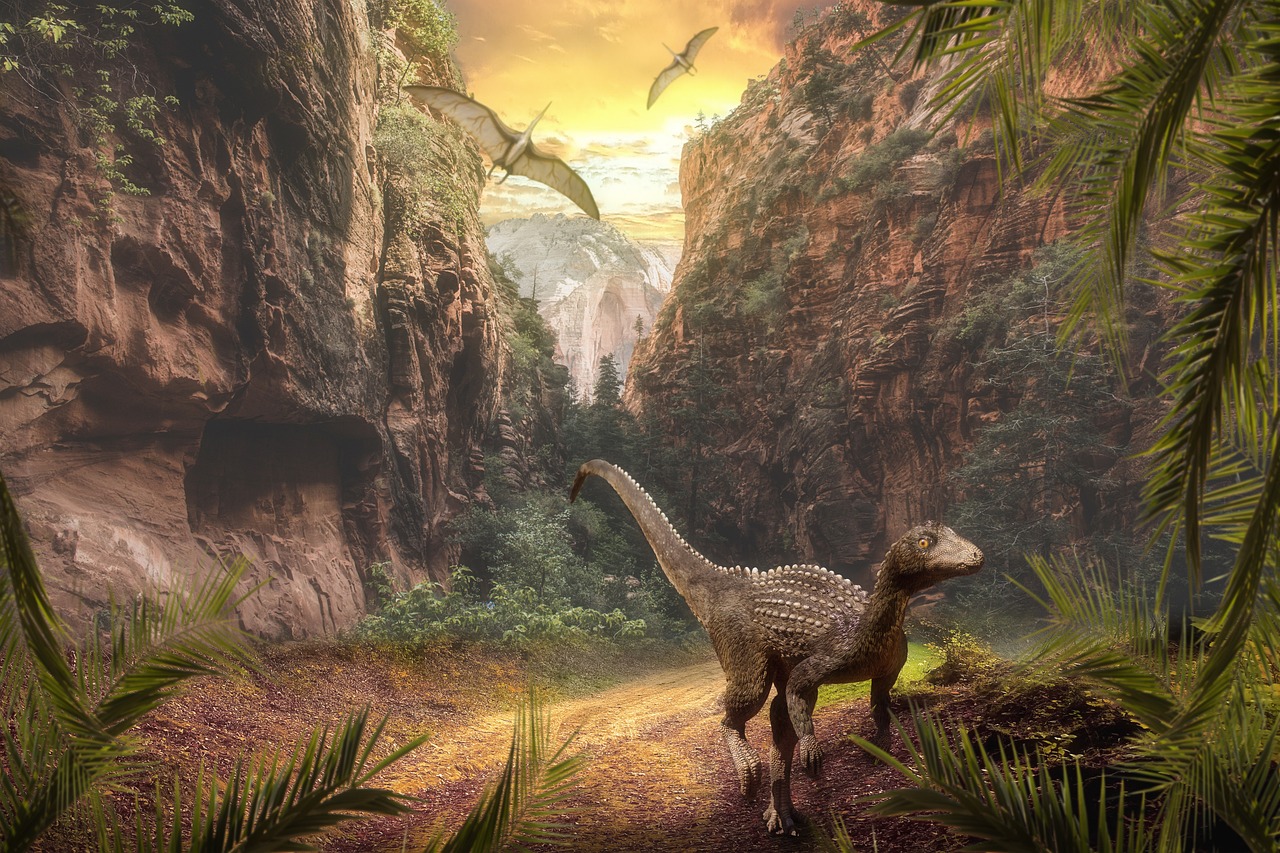
The most fascinating aspect of these dinosaur destinations is how they reveal entire ancient ecosystems. Dinosaurs didn’t live in isolation – they were part of complex food webs that included plants, other animals, and environmental factors that shaped their evolution. Many sites preserve evidence of ancient climates, vegetation, and even dinosaur behavior patterns.
For example, trackways at various sites show evidence of herding behavior, migration patterns, and predator-prey interactions. Plant fossils found alongside dinosaur remains help scientists reconstruct the landscapes these creatures inhabited. It’s like reading a 200-million-year-old story written in stone.
Making the Most of Your Visit
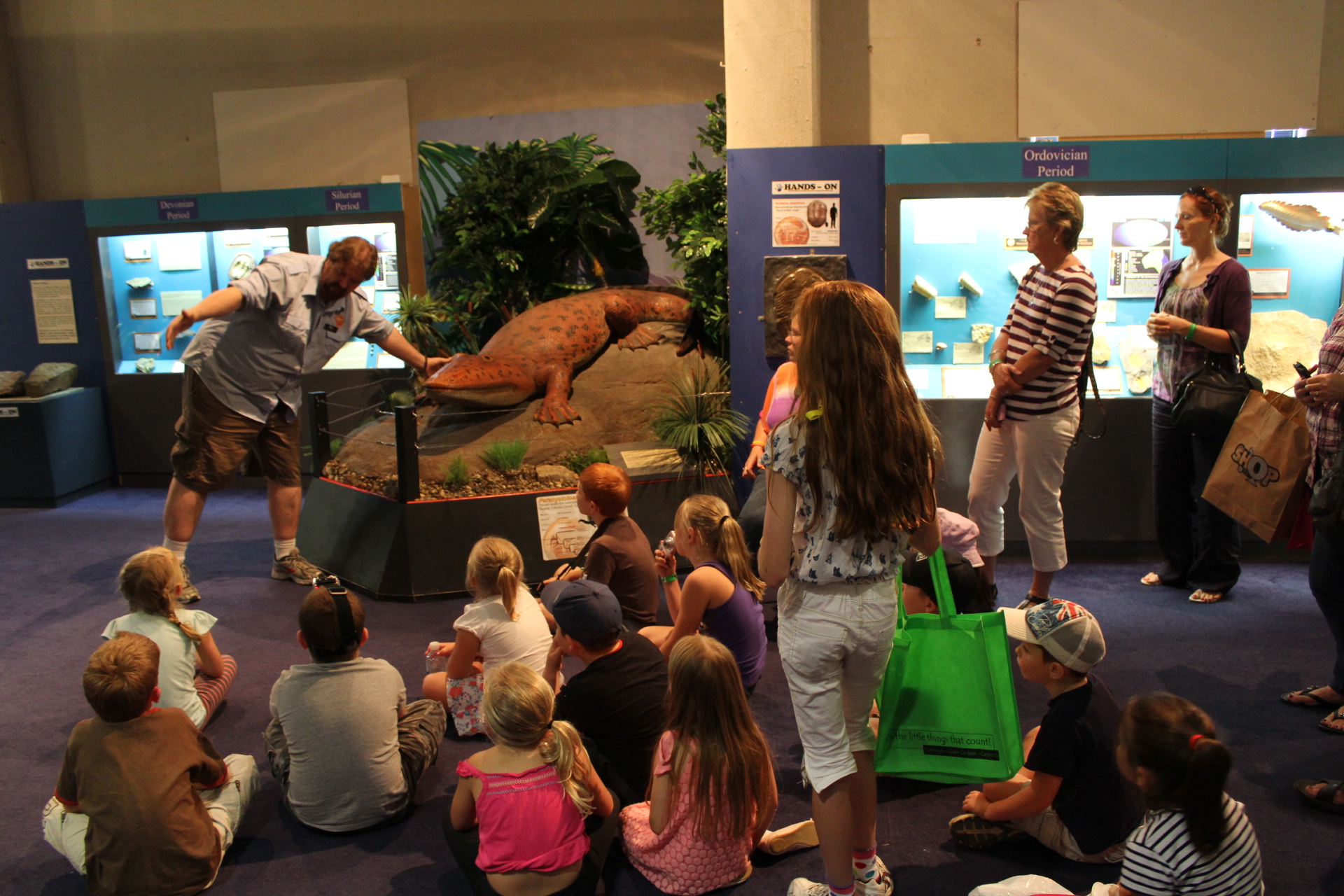
To truly appreciate these destinations, come prepared with some basic knowledge of geological time and dinosaur evolution. Many sites offer guided tours that can dramatically enhance your experience – professional paleontologists can point out details you might miss on your own and explain the significance of what you’re seeing.
Don’t forget to check out the gift shops at these locations, which often feature high-quality fossil replicas, educational materials, and unique souvenirs. Some sites even offer fossil preparation workshops where you can learn the painstaking techniques used to extract and preserve these ancient treasures.
The Future of Dinosaur Tourism
As paleontology continues to evolve, so do the visitor experiences at these destinations. Virtual reality exhibits, interactive displays, and augmented reality apps are beginning to bring dinosaurs to life in ways that were impossible just a few years ago. Some museums now offer “digital dig” experiences where you can use the same tools and techniques as real paleontologists.
Discoveries are constantly being made, meaning that repeat visits to these destinations often reveal new exhibits and fresh perspectives on prehistoric life. The field of paleontology is more dynamic than ever, with new species being discovered and named at an unprecedented rate.
Conclusion
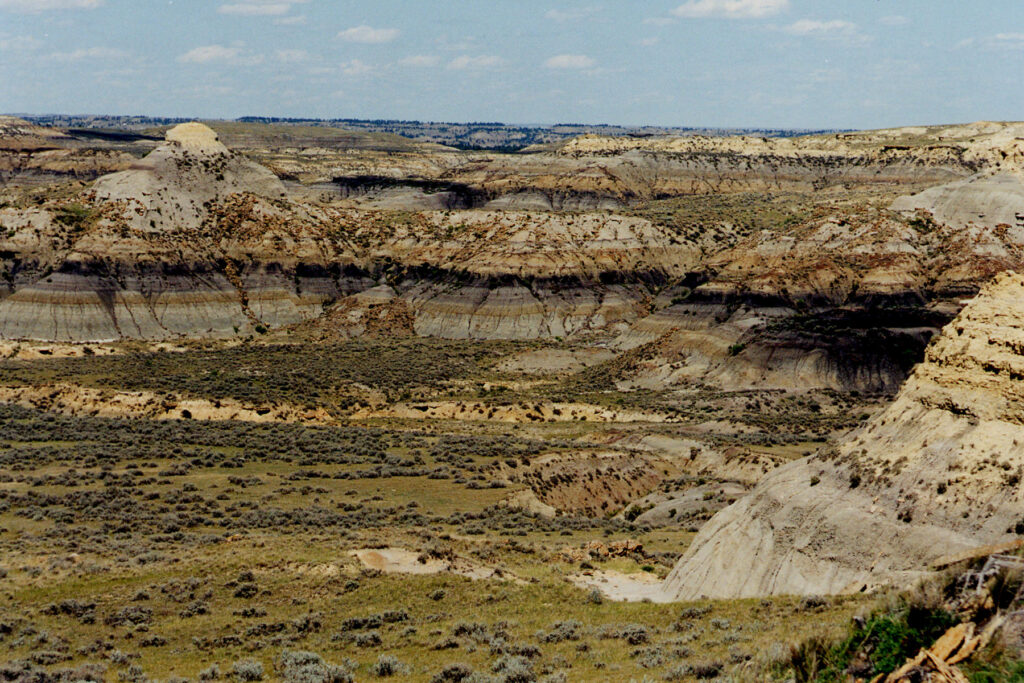
These eight destinations represent the pinnacle of dinosaur tourism, each offering unique windows into our planet’s prehistoric past. From the windswept badlands of Montana to the lunar landscapes of Argentina, these sites preserve not just fossils but entire chapters of Earth’s history. They remind us that we’re part of a continuous story that stretches back hundreds of millions of years and that the creatures that once ruled our planet continue to inspire wonder and scientific discovery today. Whether you’re a lifelong dinosaur enthusiast or simply curious about the ancient world, these destinations offer experiences that will fundamentally change how you view our planet’s incredible history. What secrets do you think these ancient giants are still waiting to share with us?

